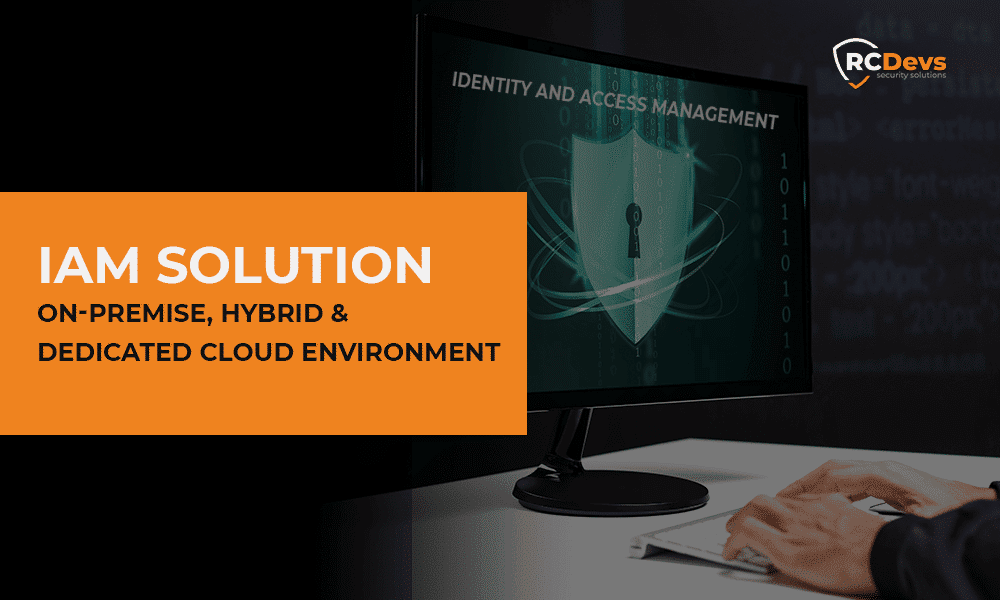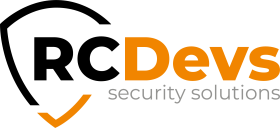
Identity & Access Management Solutions
Identity & Access Management Solutions
What is an Identity & Access Management Solution?
Identity & Access Management (IAM) solutions help manage digital identities and control user access to critical information within organizations, whether in an On-Premise, Hybrid, or Cloud Environment.
IAM is about
1. How an individual or a group is identified in a system, i.e., the credentials and permissions attached to them.
2. Manage individual or group roles in a centralized system: add, delete and update them quickly.
3. Securing access to sensitive data or systems by controlling who can access which resources, from where, and when.
Five business benefits of Identity & Access Management Solutions
IAM Solutions are designed to secure digital assets whether a user tries to access the company’s accounts onsite, remotely, from a mobile device or cloud.
1. Centralize Access Control
On the one hand, having a large number of access to a specific system is dangerous. On the other hand, too much control can slow down productivity and frustrate users.
IAM is the perfect balance as you can set centralized policies for proper access privileges.
Example: You can deny your IT team access to the CRM system while granting access to your CMO. Based on individual or group roles and usability, you can decide which resources they can access and to what extent. Thus, IAM Solutions provide better security, flexibility, and ease of management.
2. Better User Experience
To optimize the user experience and secure authentication processes, you can control the required authentication factors and methods based on where the user is trying to access a resource (e.g., trusted or untrusted network). If they are part of a privileged group with privileged access, you can increase the required authentication factors to make authentication more robust and therefore more secure for accessing desired resources.
3. Less Risk of Data Breaches
It is probably the most important benefit a business can get from IAM. By controlling user access, companies can reduce or eliminate data breaches, identity theft, and illegal access to confidential information.
4. Achieve Regulation Compliance
Organizations today must follow evolving regulatory requirements for data access governance and privacy management. IAM can help achieve this by controlling data accessibility.
5. Reduce IT Costs
According to a survey, 30-50% of help desk calls are about password resets. And on average, a password reset costs an organization around $70. IAM Solutions help businesses reduce these account-related issues and thus reduce the IT cost by providing a secure way for users to reset their password themselves by accessing a self-service portal, for example. This will limit help desk calls and costs associated with password resets.
Various Identity & Access Management Deployments
Now that we understand how IAM can benefit an organization, let us review the different IAM deployments and their benefits.
On-Premise IAM Solution
The On-Premise IAM solution is installed in your infrastructure, and you have full control of the IAM from installation to configuration, support and operation.
Advantages of On-Premise IAM Solution:
1. Security
An organization’s user database contains sensitive information about users and applications rights. Access to them should be restricted for obvious reasons. Servers for IAM solutions deployed on-premises are usually not directly exposed to the Internet.
2. Works Independently
On-premise solutions can operate without access to an external network. If the Internet goes down, an on-premise solution continues to work. In fact, it can work even if the entire corporate network is disconnected from the Internet, which is not the case with Cloud solutions.
3. Control
On-premise IAM solutions allow companies to stay in control of identities and data accessibility. As it is the core of their infrastructure, they should stay in control of it, at all times.
Cloud IAM Solution
Most companies rely on cloud-based services and applications provided as SaaS by third-party vendors. They generally include federation mechanisms that allow them to use the identities and credentials of your enterprise users for authentication and access rights.
Cloud Identity and Access Management solutions generally support different protocols that can be used for user authentication (LDAP, Radius, Kerberos, etc.) and users identity management (identities are usually stored in the LDAP backend). The use of local/cloud identities for cloud/in-house web applications usually involves federation mechanisms like SAML, OpenID-Connect, etc.
Top 3 Differences between On-premise and Cloud IAM:
1. Cost: No management cost to maintain a cloud-based IAM solution and servers, unlike On-Premise IAM.
2. Confidentiality: User databases must be shared and are no longer only hosted in your infrastructure.
3. Offline mode: If the internet of the company goes down, you lose all access to your IAM integrations.
Hybrid IAM Solution
A Hybrid IAM enables enterprises to run, unify, and secure all digital identities and access using a single, central platform in a hybrid IT environment.
The hybrid cloud allows organizations to place their applications and data where they fit best, including in their data centers.
Advantages of a Hybrid IAM Solution:
Hybrid deployments include the benefits of both the cloud and on-premises. They bring the innovation, speed, storage, and scalability of the cloud, and the regulatory compliance, performance, and data security of on-premises into a single platform.
Organizations that operate with workloads distributed across multiple data centers and the cloud need to keep pace with emerging trends in digital transformation and IT security. Hybrid cloud deployment can effectively enhance performance, flexibility, and security.
5 Questions to ask yourself before choosing an IAM Solution
Are you looking for an Identity & Access Management solution (IAM)? If so, we recommend asking yourself these five essential questions to help you find the right solution that meets the needs of your business:
1. Identify your primary source of identity
Does your business still operate primarily on-premises? Or, did your enterprise migrate to the cloud, use a multi-cloud environment, or have a hybrid infrastructure? What is your directory backend? What compatibility are you looking for with an IAM Solution? Try to answer these questions and then, according to the requirement, find the best solution that best suits your business requirements.
2. Directory Cleanup
Depending on the nature and maturity of an organization, it is always a good starting point to scan the accounts that are no longer in use and consider cleaning up the directory.
3. Identify needed Integrations
Check the integrations you want with your identity and access management solution.
4. Access Policies
Ask yourself what protections you want to enable as per the criticality of each system. You can define access policies for your registry to create different access levels for different users.
5. Your Budget
Always test a solution and check its compatibility with your requirements. Try RCDevs’ OpenOTP Security Suite, which offers a freeware and a trial solution for up to 20 users. These can be used to run a PoC for bigger organizations, and test all integrations and features before buying an Enterprise License.
RCDevs Security and IAM Solutions
RCDevs Security supports both in-house and cloud deployment for its IAM Solution (WebADM).
The RCDevs OpenID & SAML Identity Provider (IDP) works with the OpenOTP authentication backend. PKI authentication with user certificate is supported in multiple integrations like web applications, windows logins, wifi authentications, custom integrations, etc. Certificates can be issued by internal or external, private or public certificate authorities.
Listing some of the features provided by RCDevs IAM Solutions:
- Access Certification
- Compliance Management
- Multi-Factor Authentication
- Password Reset Management
- Account Management
- Customizable User Self-Service applications
- Single Sign-On
- Mobile Badging
Sign-up to request your freeware license file.

